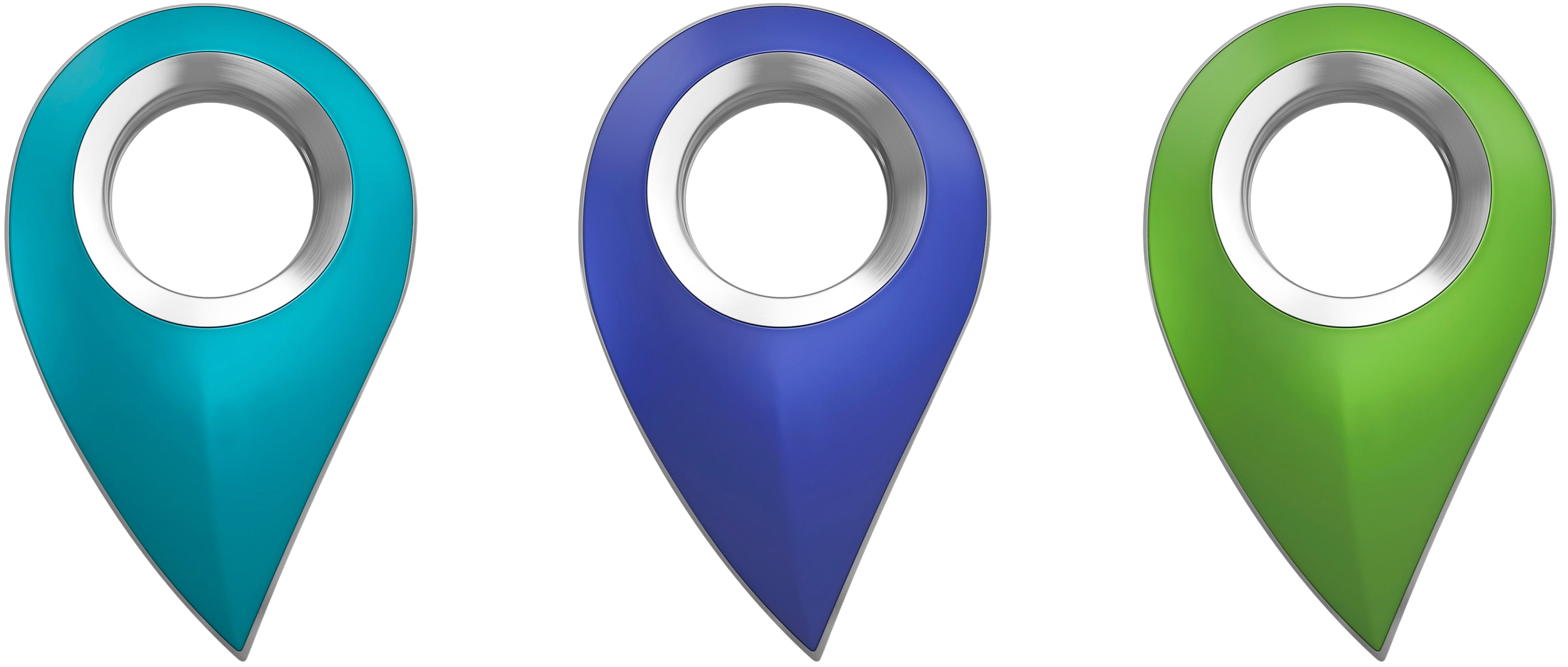The Principles that Guide
The Principles that Guide our Work
As a design thinking practitioner I use these principles to guide my work. These are my observations about the principles, what they mean to my work, and how they can augment different Cloud Native innovations.
A focus on user outcomes
Design thinking always reminds me that the people are more important than the technology. As an engineer I am frequently caught up in this cool utility, or that automation framework, or a new language but design thinking always brings me back to the thing that is most important in my job, the people that I can impact with my work. When I have my design thinking hat on it starts with the users, focuses on them throughout, and ends with their success. One of the cloud native innovations is the development of systems designed to automate components of the software development process. When viewed through a Design Thinking lens the software engineer is the user we want to focus on when designing our automations. Unfortunately, leadership often fails to recognize that an increase in release cadence requires a focus on developers as users. Fortunately this can be mitigated at any time. When properly applied this can lead to the creation of a more productive and rewarding developer experience, and this improved experience can accelerate delivery cadence.
Relentless reinvention
I intentionally embrace the fact that the work is never done. This allows me to treat everything as a prototype for what comes next. Focus on what matters most now, don’t get distracted by things that you might do in the future. Make something! Put something out there so you can observe how well it works before rushing off to the next thing. Part of being relentless is continuous improvement. Work the loop and find time for retrospectives every time through so that you can do it all better the next time around. For our developer experience example, we should always assume that we will build out automation in small pieces that accomplish one or two meaningful outcomes. By focusing on one problem at a time we can tune our design as we go. We will loop back around to the next problem that needs solving after we finish what we’re working on Now. Anyone familiar with manufacturing continuous improvement methodologies knows that having retrospectives as part of a process that continuously loops is the key to making small improvements, and those little things really add up over time.
Diverse empowered teams
This is a big one for me, the diversity of the team engaged in solving a problem is directly proportional to the innovation that team will produce. Engaging with a diverse team is what will give you that 360° view of a problem that reveals truly innovative solutions. The meaning in this phrase, Diverse Empowered Teams, is very dense so let’s unpack it for a minute. A Diverse team includes people of different backgrounds and with varying perspectives. It should include people who fill a variety of roles related to the problem at hand. This means that they should all have that problem space in common, but that commonality can work against you. You must be intentional about seeking out diversity within your community, there is tremendous value in a new perspective. An Empowered team is not just allowed to make decisions, but encouraged if not out right incentivized to do so. This is the time to encourage risk takers to speak up, and to make room for the quiet voices to be heard. It is difficult to overstate how important diversity on an engineering team is, especially during design. Diversity in age, gender, sexual-orientation, life-experience, work-background, perspective, culture, even political affiliation are all probably more important than a diversity in "technical experience". There is a LOT of power in a diverse empowered team, for those organizations with the courage, intentionality, and persistence to create that environment. The reward is a powerhouse of innovation that can have a meaningful impact on business and community.
If you would like to learn how these principles can be applied to your business please reach out and schedule a time to connect.



